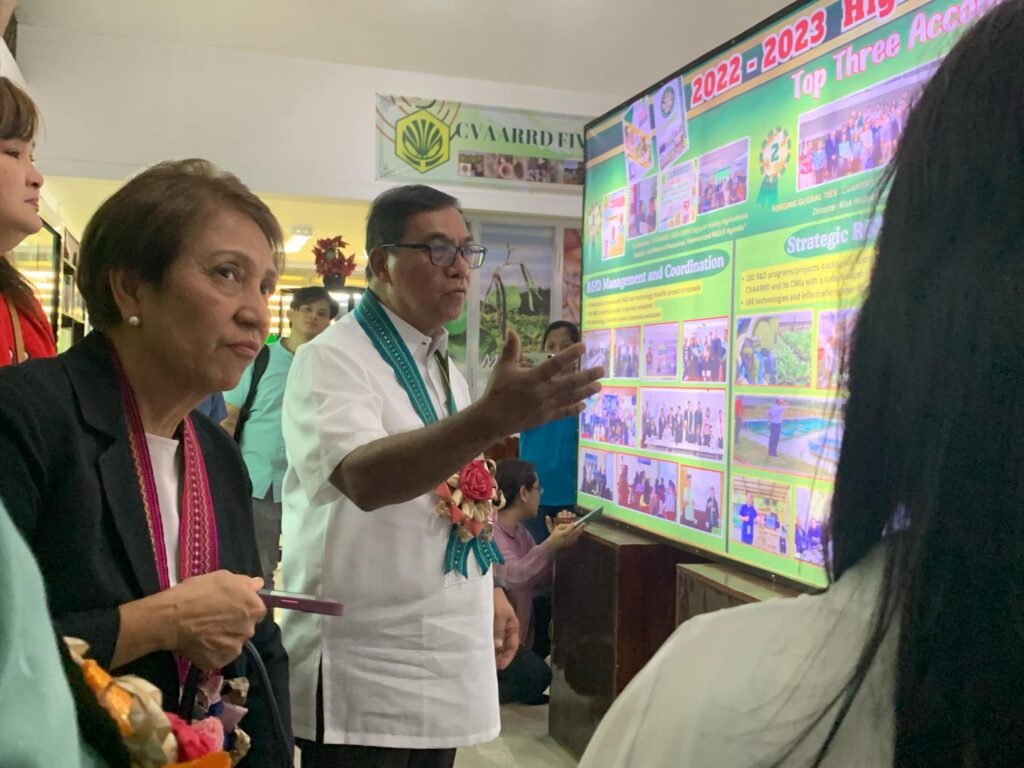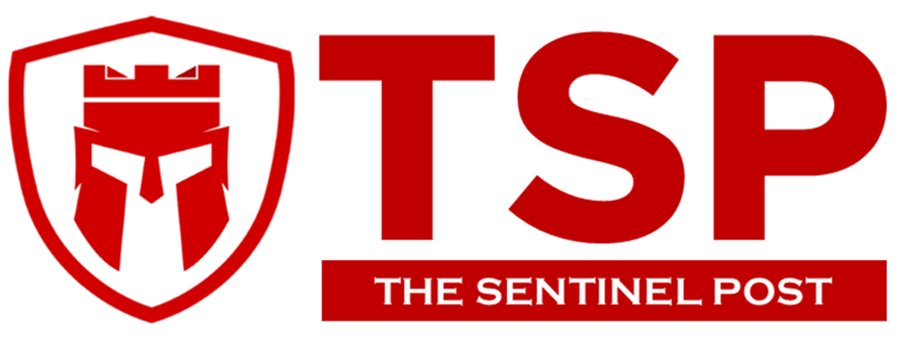THE goat-raising industry in the Philippines is set to benefit from a groundbreaking technology innovation, as the Department of Science and Technology Region 2 (DOST 2), in collaboration with the Isabela State University (ISU) and DOST-PCAARRD, reported the successful implementation of its Embryo Transfer (ET) Technology for goats.
The development was announced by DOST-PCAARRD Executive Director Dr. Reynaldo V. Ebora during the 2024 Regional Science and Technology Week (RSTW) held in Cagayan Valley.




Ebora said five kids were successfully produced using the ET technology, which is part of the Innovative Systems in Advancing Technology-Based Goat Production project funded by the DOST-PCAARRD.
Dr. Ricmar P. Aquino, ISU president, emphasized the importance of technological innovations in goat production, and highlighted key technologies such as semen collection, semen processing, and artificial insemination for small ruminants to modernize goat production and enhance the efficiency and profitability of goat farming.
Science and Technology Secretary Dr. Renato U. Solidum Jr. said the Embryo Transfer Technology enables the production of multiple offspring from a single female goat, significantly enhancing reproductive efficiency.
The process involves superovulation to maximize the oocyte reserves of a female goat, followed by the transfer of fertilized embryos to recipient females. The method increases both the number of offspring and the speed of genetic exchange between herds, thus accelerating the improvement of goat breeds.
The total goat inventory in the Philippines has declined in recent years. The current inventory is estimated at 3.86 million heads, a decrease from previous counts, with over 99 percent of the country’s goat population sourced from small-hold farms.
The situation highlights the pressing need for improved goat meat production to meet rising demand. Goat meat, or chevon, has been gaining popularity due to its lower calorie, cholesterol, and saturated fat content compared to other meats such as beef, pork, and chicken.
Additionally, the goat industry provides not only nutritious meat and milk but also supports agricultural diversification and offers a vital source of income for small-scale farmers.
Dr. Cristino Nayga delivered the first embryo transfer (ET) kid in June 2023, with four additional kids produced from three other dams in the following months. The kids were derived from dams with a 75 percent Boer bloodline mated with purebred Boer bucks.
The experiment marked a significant milestone in ISU’s breeding program, which has been looking at enhancing the population of high-quality, true-to-type goats in Region 2, now branded as the “Cagayan Valley Signature Goat.”
DOST has acknowledged the potential of the ET technology to address the challenges faced by the goat industry and enhance productivity for small-hold farmers and has committed to provide essential solutions to strengthen the industry in the Philippines. It said the innovative approach would enhance livestock management and productivity while positioning the goat industry for a more competitive and sustainable future. (Nelson Santos)




